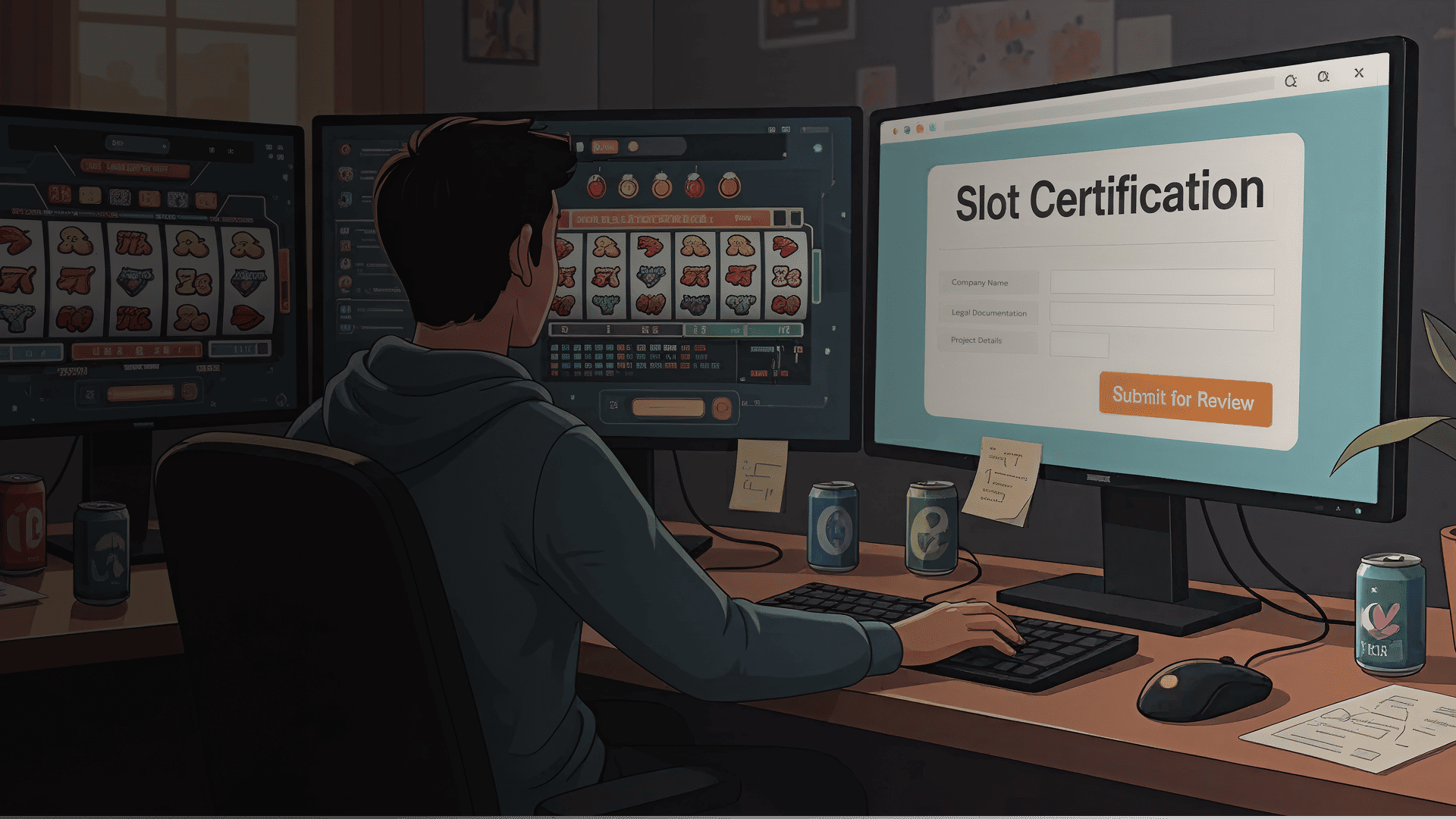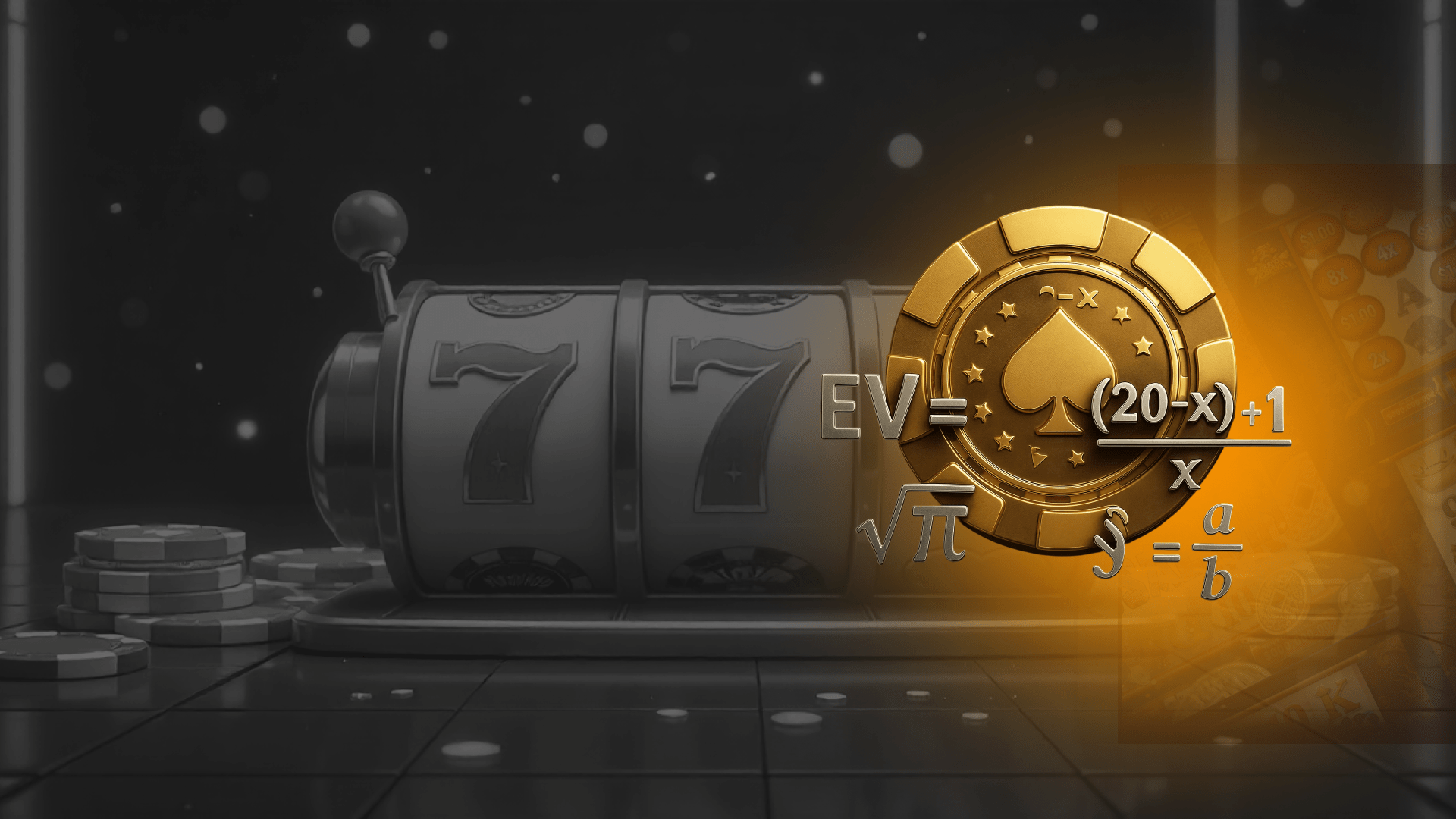Indie games are driving some of the most innovative and profitable stories in the gaming industry. Unlike big-budget titles, indie games are often built by small teams or solo developers who focus on creativity, community, and passion. But bringing an indie game from idea to launch requires more than inspiration. It takes a clear process, the right tools, and a plan for growth.
This guide explains how to make an indie game, from idea to launch. Whether you’re making an indie game alone or with a team, you’ll find practical steps to follow and key decisions to make along the way.
Indie Game Market Size and Growth
Indie games now match AAA and AA titles in revenue. On Steam, they generated $4.9 billion in 2024. Players bought over 500 million copies of indie titles.
Two releases, Palworld and Black Myth: Wukong, sold more than 20 million units each. Older indie games still made up 43 percent of all revenue in 2024.
Key drivers of growth:
- Larger teams producing AAA-quality games
- Strong sales from back catalogs
- Player demand for original mechanics and styles
For you as a developer, the market is large and growing. Strong execution and clear scope increase your chances to succeed.
What Makes a Game “Indie”
Indie games are defined not by size but by independence. An indie game is usually created without financial or creative backing from a major publisher. Developers fund and control their projects, giving them freedom to experiment with mechanics, storytelling, and art styles.
Key traits of indie games include:
- Small teams or solo developers.
- Creative risk-taking without publisher constraints.
- Lower budgets compared to AAA games.
- Heavy reliance on digital distribution like Steam, itch.io, or Epic Store.
Being “indie” means you control your game’s direction, but it also means you’re responsible for funding, marketing, and community building.
Generating Ideas and Planning Your Game
Strong indie games start with simple, clear concepts. Many successful titles focus on one unique mechanic or theme that stands out.
Steps to plan your game:
- Define the core mechanic. What makes your game fun? Is it movement, puzzles, or strategy?
- Set scope early. Keep your idea manageable. Over-scoping is the most common cause of failed projects.
- Write a Game Design Document (GDD). Outline mechanics, art style, story, and goals. Even a short 3–5 page draft provides direction.
- Research your market. Check similar games on Steam. Look at reviews, pricing, and community feedback.
- Decide your target platform. PC, console, or mobile will shape your development tools and budget.
Choosing Tools and Engines
Picking the right engine and tools impacts speed, quality, and costs.
Game Engines for Beginners and Pros
- Unity: Flexible, strong 2D/3D support, massive asset store, works for both beginners and advanced teams.
- Unreal Engine: AAA-quality visuals, better for 3D, steep learning curve but powerful for ambitious projects.
- Godot: Lightweight, open-source, great for 2D and small projects.
- Construct / GameMaker Studio: Visual scripting, beginner-friendly, ideal for non-coders.
2D vs 3D Development Considerations
- 2D games: Faster to build, lower asset costs, easier for small teams.
- 3D games: Greater immersion, wider appeal, but require more resources and technical skills.
Tools for Non-Programmers
- Drag-and-drop engines like Construct or RPG Maker.
- Marketplace assets for art, sound, and animation.
- Outsourcing partners like Twin Win Games to handle complex coding or art while you focus on design.
Prototyping Your Game
Prototypes turn ideas into playable tests. They help you refine mechanics before investing heavily in assets.
Tips for fast prototyping:
- Build a “minimum fun version” in one to two weeks.
- Use placeholders for art and sound.
- Focus only on the main mechanic.
- Test with friends or small groups to get feedback.
A working prototype validates whether your idea is engaging. If players enjoy the core loop, you can confidently move forward.
Building the Full Game
Once the prototype proves solid, expand into full development.
- Structure development into milestones: core gameplay, first playable, beta, launch build.
- Use version control tools like Git or Perforce to track changes.
- Iterate in cycles: build, test, improve.
- Keep scope under control: focus on finishing a smaller polished game instead of an endless project.
Use the indie game development process to structure milestones and avoid scope creep.
Team Roles and Collaboration
Even indie games need multiple skills. You can work solo, but collaborating often improves speed and quality.
Common roles in indie teams:
- Game Designer: Defines mechanics and balance.
- Programmer: Handles logic, physics, and backend.
- Artist/Animator: Creates visuals and animations.
- Sound Designer: Manages music, effects, and audio atmosphere.
- Producer/Project Manager: Keeps the project on schedule.
If you don’t have all these skills, consider outsourcing specific parts of the project. For example, you might code the prototype yourself but outsource art or QA.
This is where a custom game development partner can fit into the workflow without replacing your creative control.
Marketing, Launch, and Community Building
Great games fail without visibility. Start marketing early, even before the game is finished.
Creating a Polished Store Page
- Clear description with keywords.
- Attractive trailer and screenshots.
- Regular updates to build trust with players.
Releasing Demos and Early Access Versions
- Demos give players a taste and generate buzz.
- Early access helps fund development while growing your community.
Building and Engaging Your Community
- Use Discord, Reddit, or X (Twitter) to share progress.
- Post devlogs on platforms like YouTube or itch.io.
- Respond to feedback and involve players in the journey.
Monetization Strategies
Indie games succeed with different models:
- Premium sales: One-time purchase on Steam or console.
- Freemium: Free to play with cosmetic or content purchases.
- Subscriptions or bundles: Through platforms like Xbox Game Pass or Humble Bundle.
- Crowdfunding: Kickstarter or Patreon can support development while building an audience.
Pick the model that matches your audience and platform.
Post-Launch Support and Updates
A game’s launch is not the end. Updates, bug fixes, and community events extend your game’s lifespan.
Best practices:
- Release patches quickly after launch.
- Add small quality-of-life updates regularly.
- Run community events like tournaments or seasonal updates.
- Monitor analytics to see what features players enjoy.
Reliable post-launch support is often the difference between a game that fades and one that thrives.
Final Thoughts
Making an indie game is a mix of creativity, planning, and persistence. From defining your idea and building a prototype to marketing and supporting your launch, each step matters. With the right process and partners, even small teams can release successful games.
If you plan to make indie games, start with a narrow scope and a fast prototype.
At Twin Win Games, we support indie developers with full-cycle services including prototyping, art, programming, QA, and post-launch support. If you’re planning your next indie title, our expertise helps bring your vision to life while keeping timelines and budgets on track.
👉 Contact Twin Win Games to discuss your indie game project.
FAQ
How long does it take to make an indie game?
Simple indie games can take 6–12 months with a small team. More complex titles may need 2–3 years, depending on scope and resources.
How much does it cost to develop an indie game?
Costs range from $5,000 for simple projects to over $500,000 for advanced indie games with 3D art, multiplayer, or cross-platform support.
Do I need a team to make an indie game?
You can make a game solo if you keep the scope small. For larger projects, a team or outsourcing partner like Twin Win Games ensures faster delivery and higher quality.
Can I market my game without a publisher?
Yes. Many indie developers self-publish using Steam, Epic, or mobile stores. Building a strong community and using digital marketing can replace traditional publishers.
How to create an indie game?
Start by defining one core mechanic, build a quick prototype, then use player feedback to shape the full design.





